GARDINER — For more than 200 years, the bell in the tower at Christ Church has rung out at church services and for celebrations, floods and temperance meetings.
The bell, crafted more than 200 years ago by Paul Revere and Sons and purchased by the church in 1820, sits in a steeple that has developed cracks in the stonework. Now, church officials are putting together a plan to make repairs to the oldest Episcopal church in the Diocese of Maine.
The estimate to fix the structural problems is now at about $1 million, and in coming weeks, the church at 2 Dresden Ave. is set to launch fundraising efforts to pay for it.

“A worshipping community can worship anywhere,” the Rev. Kerry Mansir, Christ Church’s rector, said last week, sitting in one of the pews in the sanctuary. “But we feel a responsibility to this building not only as a church, but as a historic part of Gardiner and what this church has meant to this area.”
And its historic nature is valued even by those who do not worship there.
On Sunday, Craig Parlin, a lifelong Gardiner resident who was spending time at the Gardiner Common across Dresden Avenue from the church, said anything about historic Gardiner should be kept.
“I work on a 200-year-old house, which is also historic,” Parlin said. “There’s no right angles in this house, but it’s one of the most beautiful places I’ve seen. Historic landmarks like that — they don’t make things like they used to, so I totally believe it’s well worth the investment.”
The deteriorating condition of the bell tower was discovered about two years ago, when several church members were doing restoration work on the arched clear windows in the steeple over the sanctuary entry. They noticed cracks developing in the mortar holding the exterior’s granite blocks in place, and staining from the metal used in rods installed to stabilize the tower.
Church officials started from scratch, first reaching out to the Maine Steeples Fund for an assessment grant, then hiring Artifex Architecture & Engineers of Bangor to evaluate the steeple and make recommendations about repairs in priority order.

The result is a list of what need be done over the next two years, including reopening drains in the belfry floor to keep moisture out of that area, rehabilitating the masonry on the upper section of the tower, reinforcing the masonry on the lower section of the tower, replacing decayed trim and replacing flashing at the base of the spire.
Other fixes, such as reinforcing the tower stairs and replacing the bell frame, are next in priority, followed by interior plaster repairs and restoring the west tower window.
The building was completed in 1820, but it was not the first church to be sit on the crest of the hill overlooking the Gardiner Common and downtown Gardiner.
By the time St. Ann’s Church was dedicated in 1772, church services had been held on the land for nearly a decade. The building was destroyed by fire in 1792. The church was rebuilt, but as the second decade of the 19th century was drawing to a close, the congregation was outgrowing it.

The Rev. Kerry Mansir stands Thursday outside Christ Church at 2 Dresden Ave. in Gardiner. Joe Phelan/Kennebec Journal
The congregation sold the church building to the town of Gardiner and used the proceeds to pay for the Revere bell. It was among the first in New England to be built in the Gothic Revival style. It was consecrated in October 1820.
The church, now formally known as Christ Church on the Common, was placed on the National Register of Historic Places in 1973.
Mansir said she was probably a little naïve about the cost of repairs.
“It never occurred to me it would cost as much as it costs,” she said.
But finding a way to make the investment was never in doubt. Along with hiring a grant writer to seek out grants for historic preservation, church officials plan to launch fundraising May 6 with a Kentucky Derby party at the Augusta Country Club. They expect to finalize details on ticket sales and sponsors in the next week or so.
“We’re a growing congregation,” Mansir said, “but we’re not a congregation that can raise a million dollars within the people who attend church here.”
The rest of this year will be spent raising money and preparing to put the project out to bid. Work is expected to begin next year, which will bring changes to how people will enter the building while the work is being done.
In the meantime, the bell can still be rung after services. Two ropes hang in the entryway. One moves the clapper to strike the side of the bell like a gong, and the other moves the bell so the clapper strikes it.
With the investment, Mansir said, the steeple should be safe and stable for the next 200 years.
Send questions/comments to the editors.

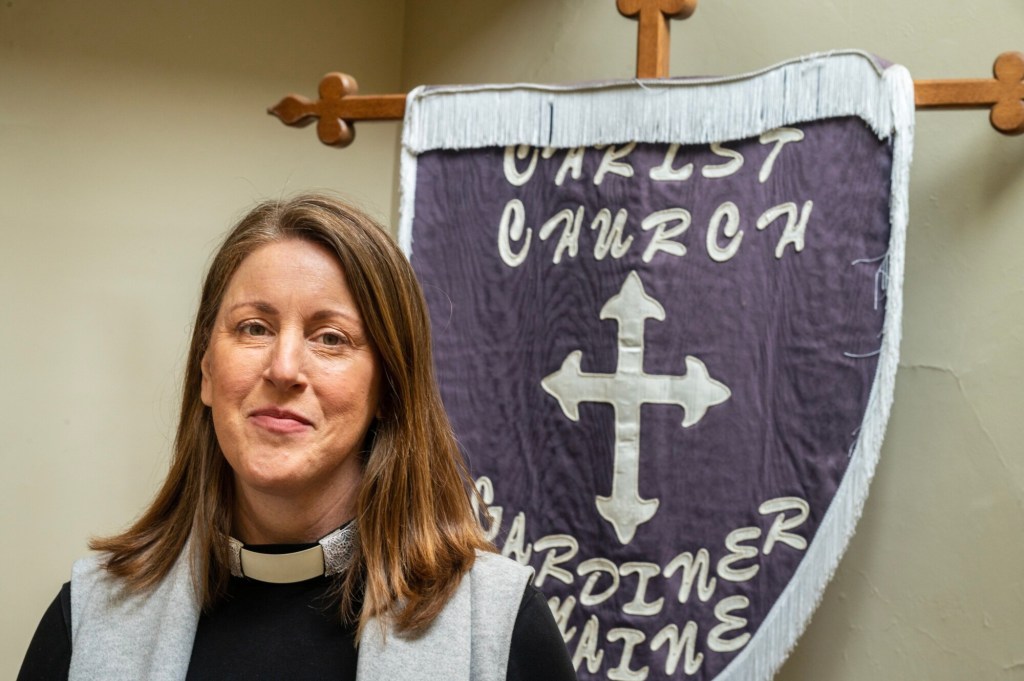
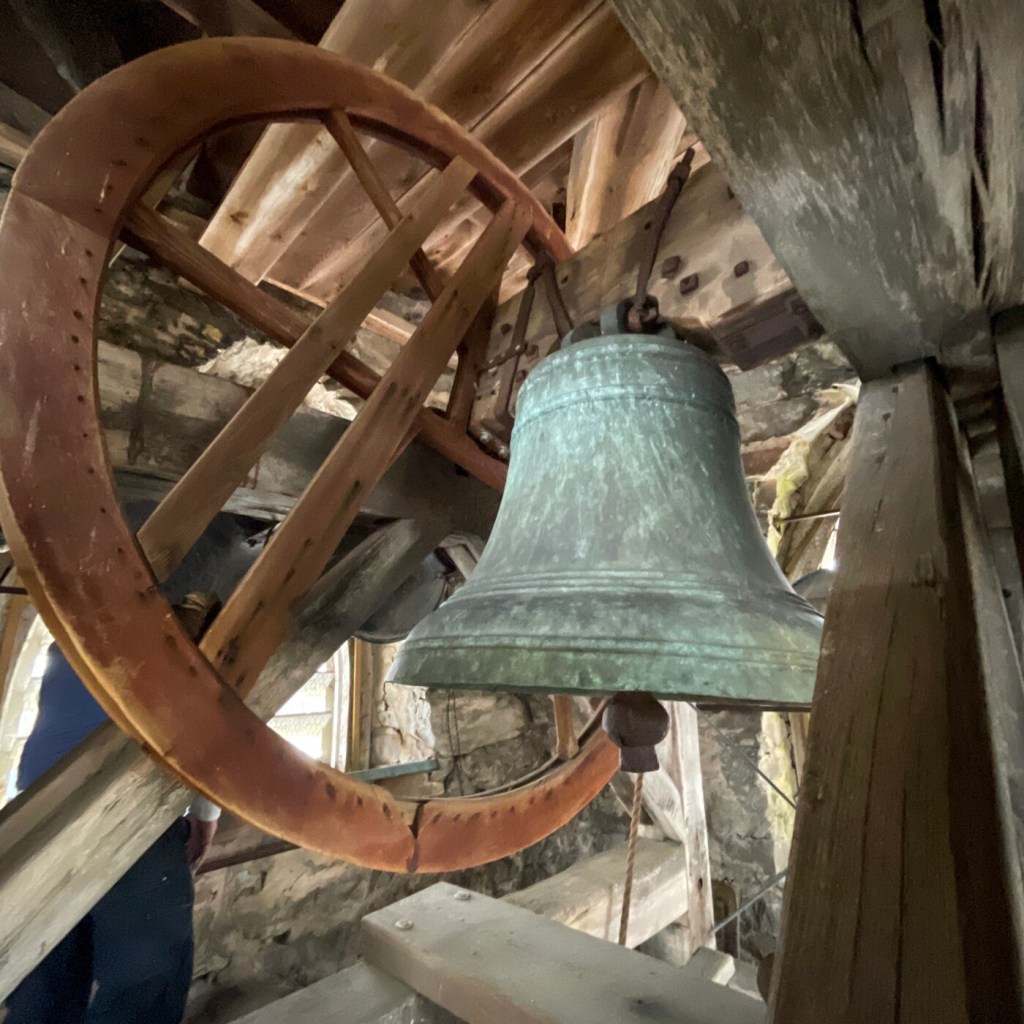
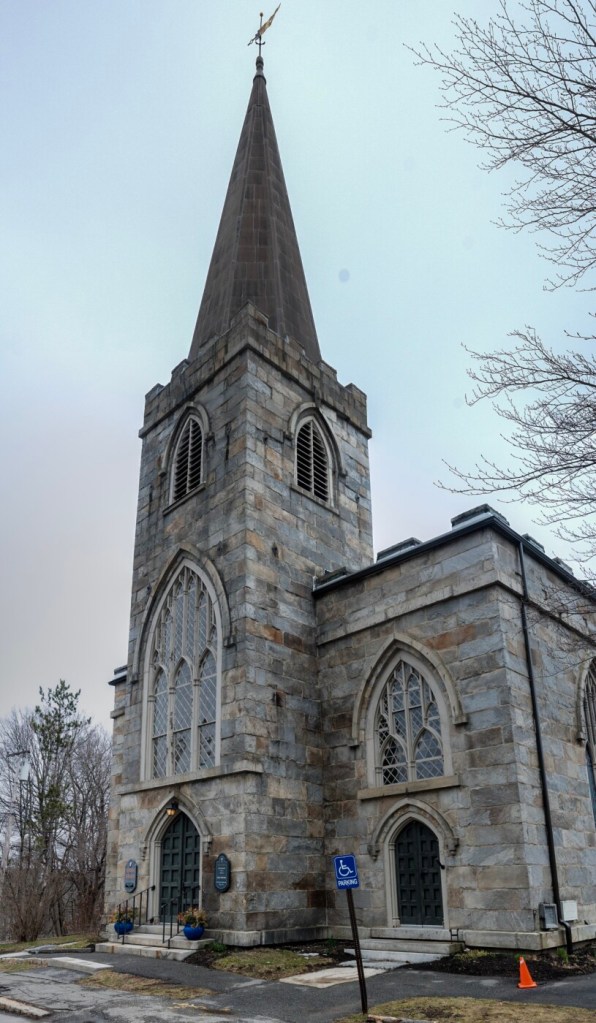
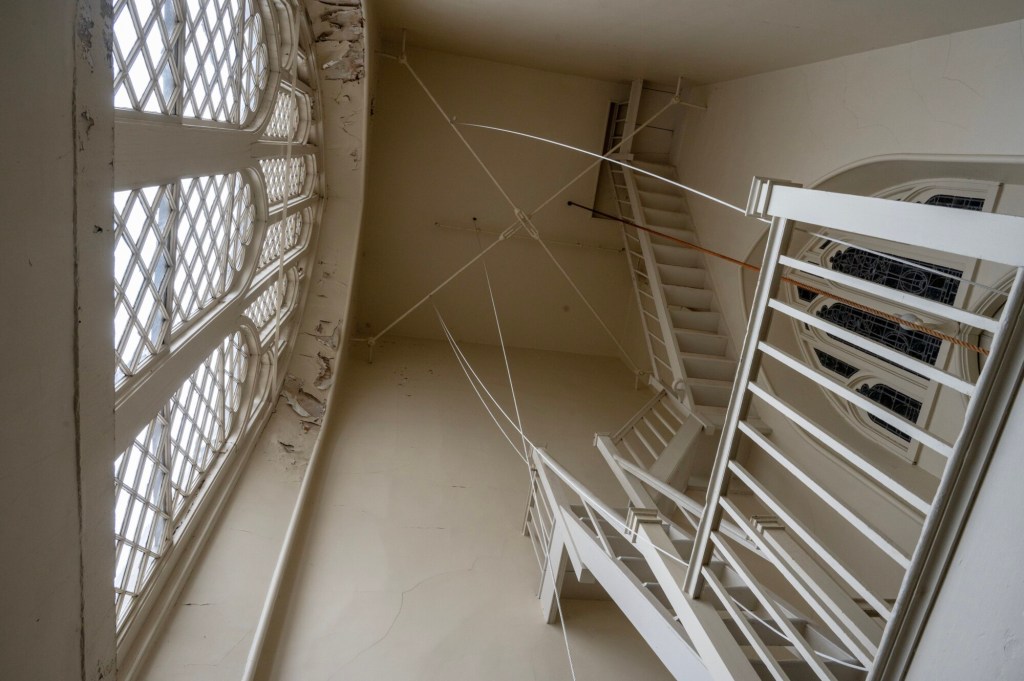
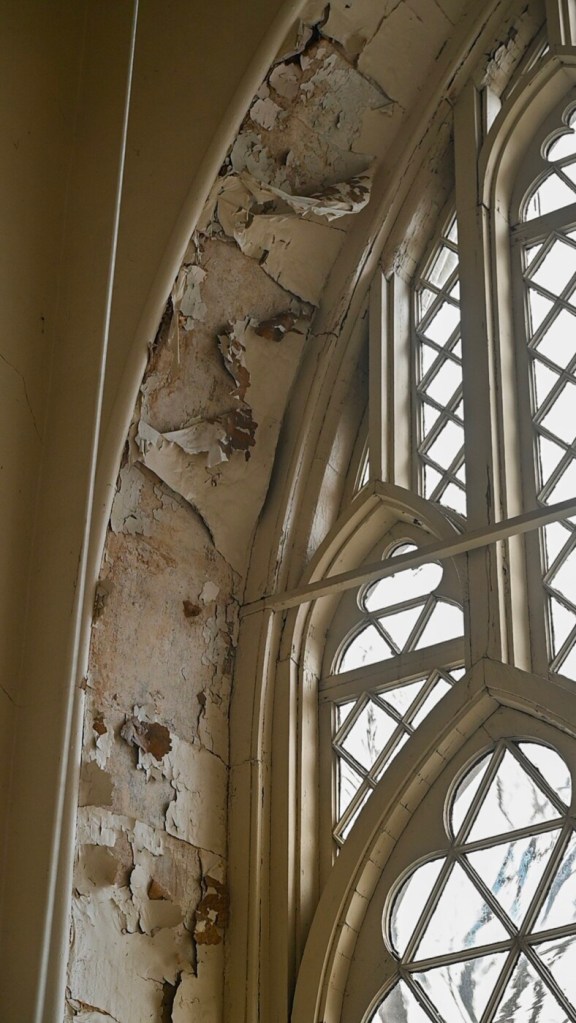
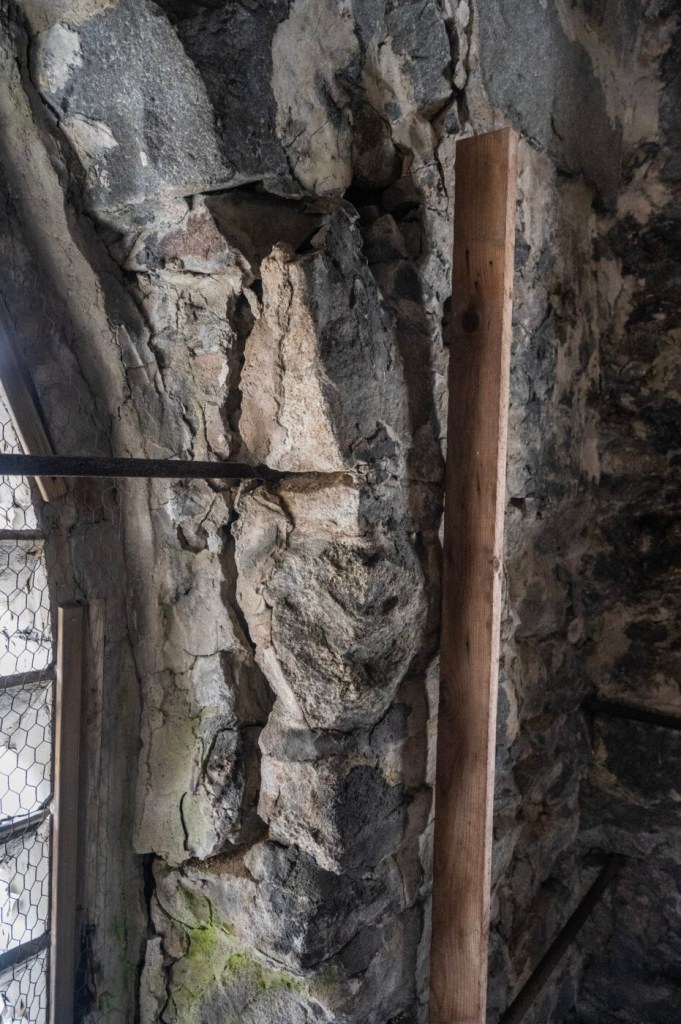
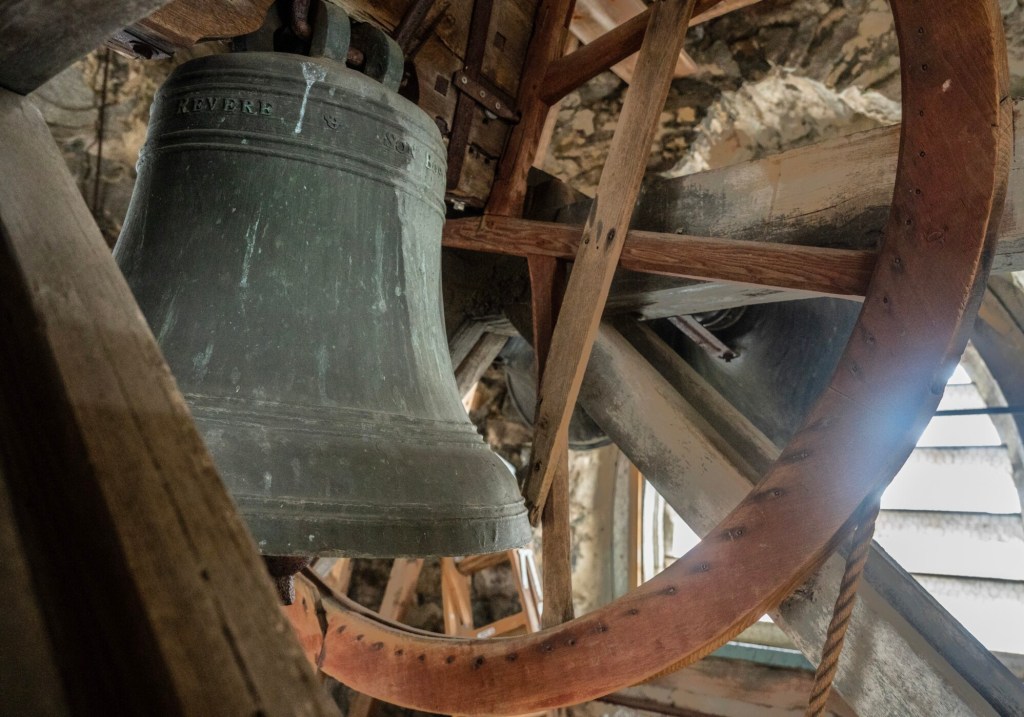
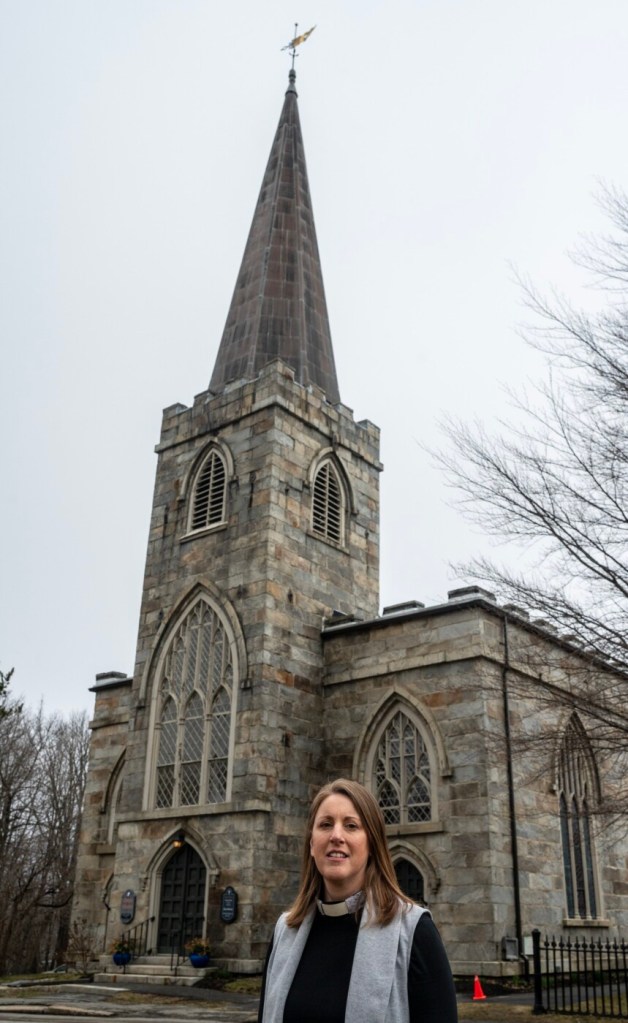
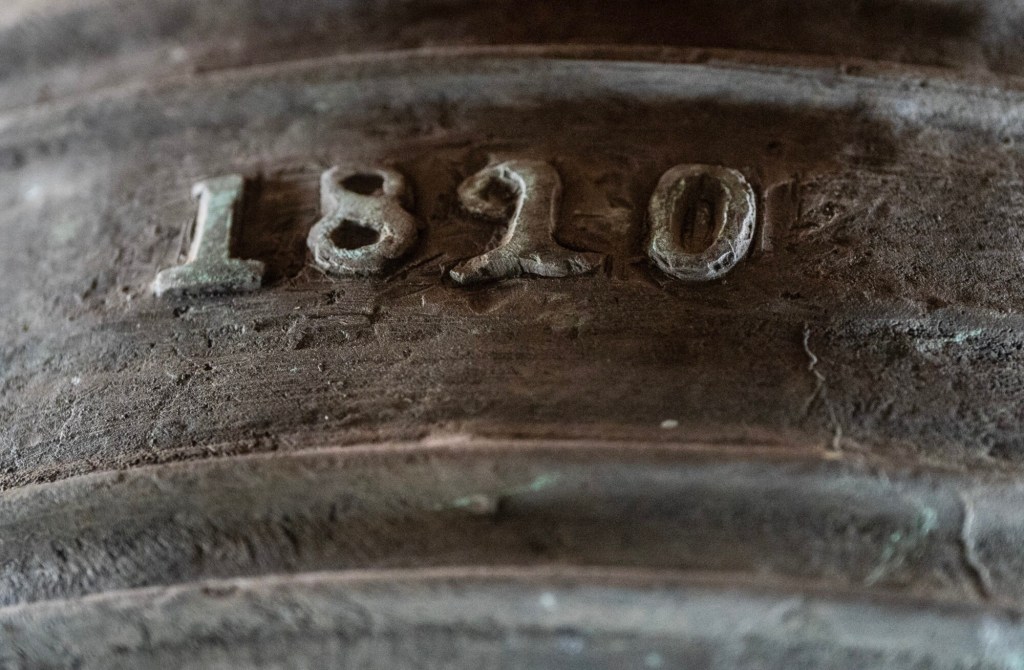
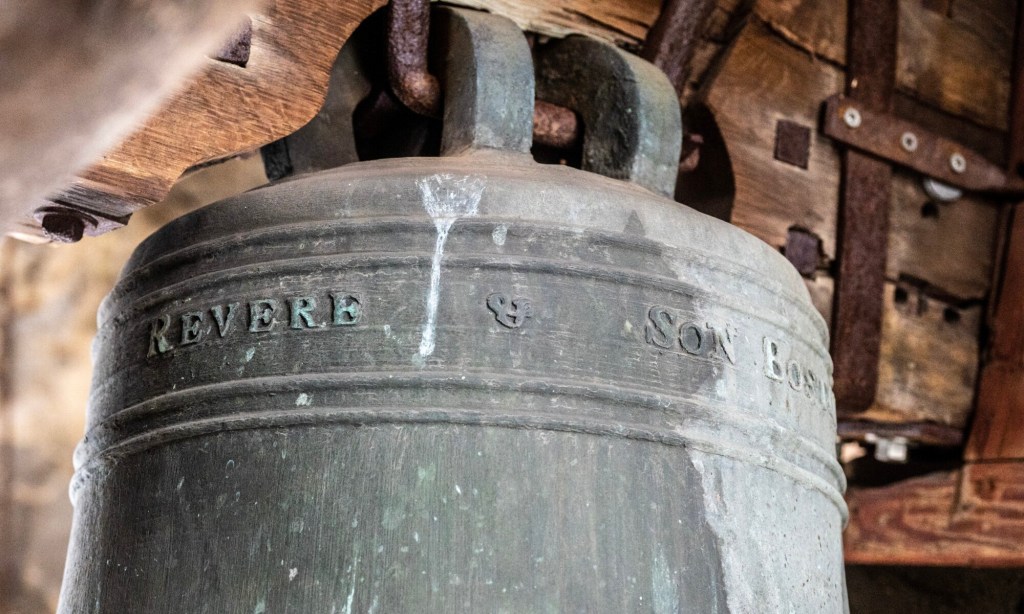

Comments are no longer available on this story